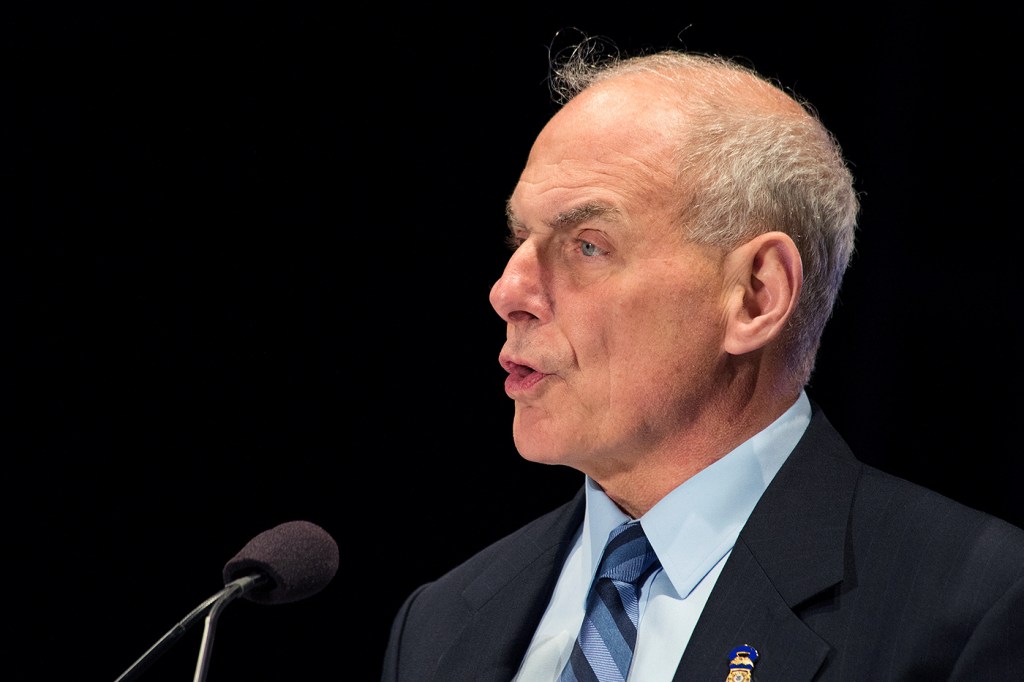Leadership lessons from White House turnover

In the past week at the White House, retired Gen. John Kelly took over as chief of staff and communications director Anthony Scaramucci left his position. Scaramucci, who departed after less than two weeks in the role, is the 10th high-level staffer to leave the White House in President Donald Trump’s six months in office.
Top-down staffing changes are not entirely uncommon in both the public and private sectors, but few receive the attention and scruitiny of those happening at the White House. With that in mind, we spoke with assistant professor Parker Ellen, an expert in leadership and organizational politics in the D’Amore-McKim School of Business, about the impact of constant change on organizational culture.
The difficulty to ‘develop and execute strategy’ amidst change
In any organization, not just in politics, frequent turnover makes it difficult for staff to “develop and execute strategy,” Ellen said. This is especially true for those closest to the center, he added. “It can get to the point where you don’t know who your boss is.”
Constantly changing upper leadership can mean a dilution, or loss altogether, of internal culture, Ellen said. “You start to see employees asking broad questions about the direction of the organization, such as, ‘What does this mean for where we’re going? Are we going to get there? Do we even know where we’re going,’” he said.
“Constantly shaking things up certainly keeps people on their toes,” he said, “but it also creates stress. Some stress is good, but this kind isn’t. This is generally a hindrance stressor.”
President vs. CEO
While there are similarities between leadership in the private and public sectors, there are also certain, substantial differences.
“The difficulty of being a president versus being a CEO is that as president, essentially half of your ‘organization’ is actively working against your strategy and agenda,” he said. “That’s very different than internal organizational realities.”
Starting with a clean slate
In a statement Monday, White House spokeswoman Sarah Huckabee Sanders said Scaramucci resigned in order to give Kelly a clean slate, something which Ellen said makes sense.
“If I were Gen. Kelly, I’d want the same thing,” he said. “I’d want some assurance that if I took the job, I could build the face of the organization the way I wanted it.”
According to Ellen, whether or not the change close to the Oval Office continues will be the true test of what Kelly’s—and more broadly, this administration’s—tenure will hold.





